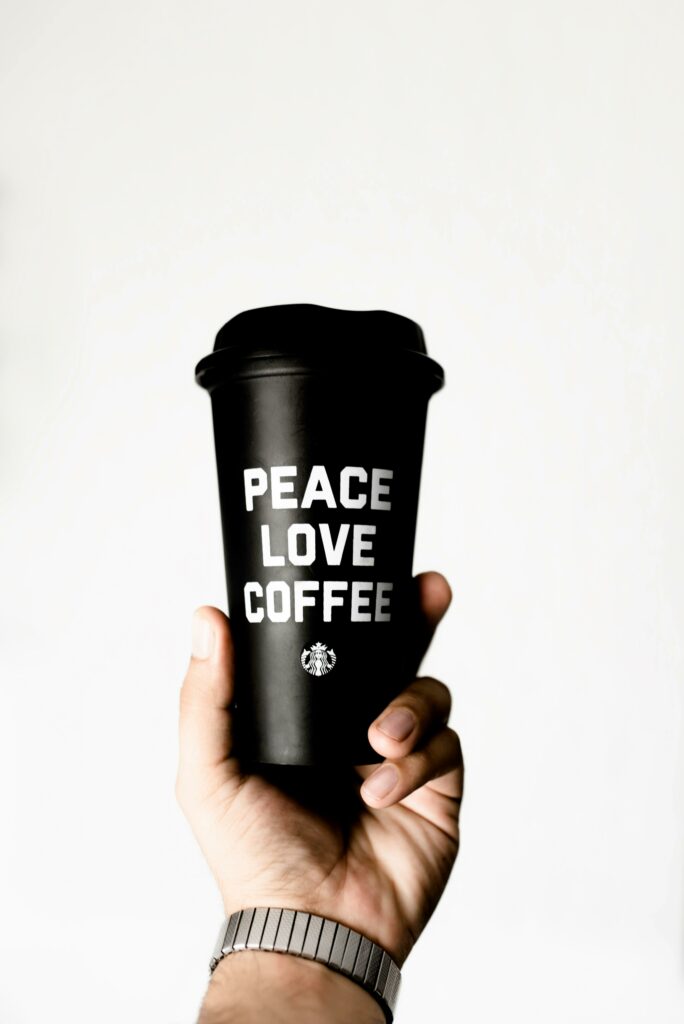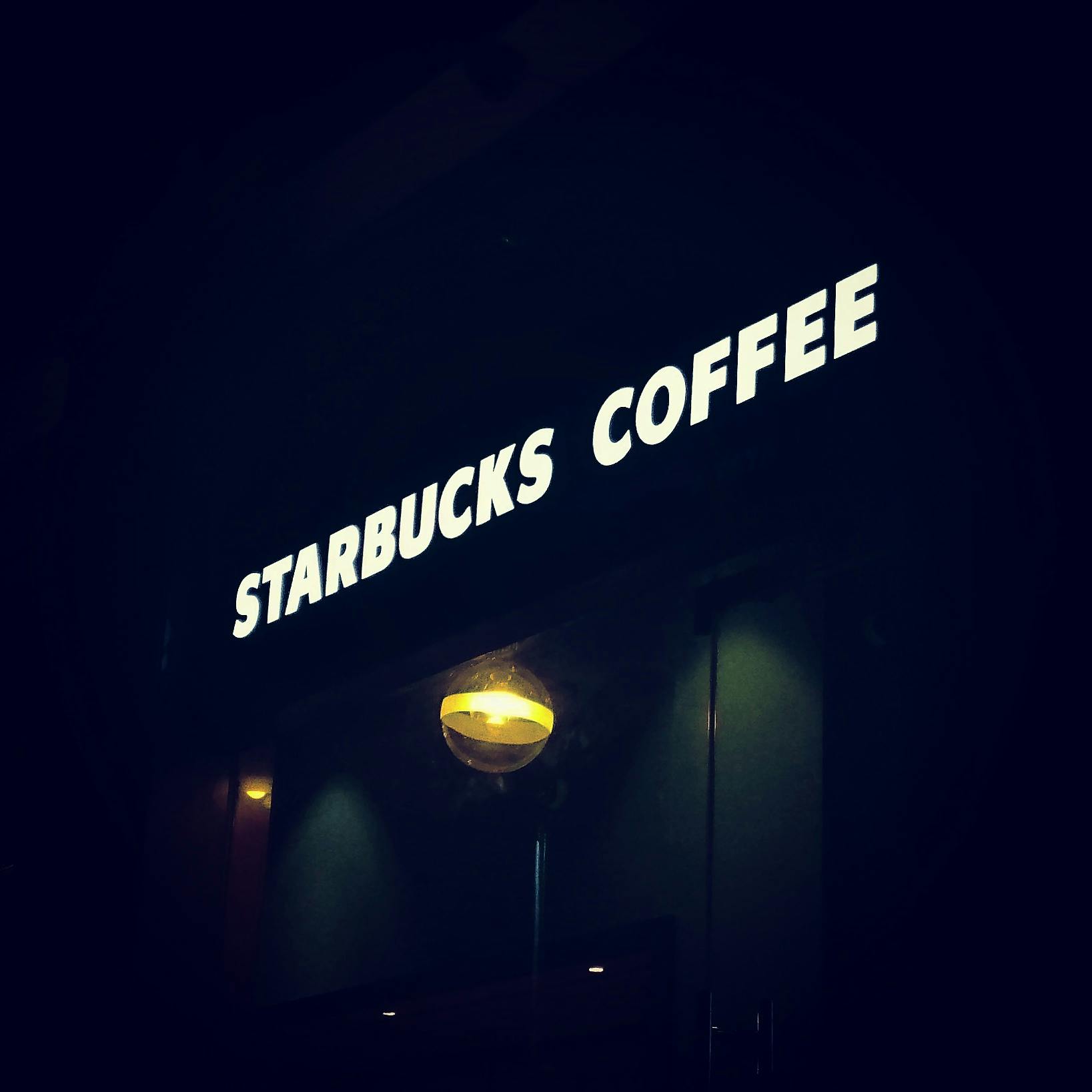The Starbucks saga—an epic tale of a coffee giant that has both enchanted and rattled the world over the decades. It’s more than just a company; it’s a phenomenon that has stirred up a grande-sized mix of admiration and controversy. Let’s brew over the details, shall we?
The journey began in 1971 in Seattle’s historic Pike Place Market. Originally selling high-quality coffee beans and equipment, Starbucks transformed under the leadership of Howard Schultz into a café experience that aimed to replicate the espresso bars of Italy. The iconic mermaid logo became a symbol of coffee culture globally, but the road wasn’t always smooth.
Now, think about this: how does a brand keep its soul when it expands globally? Starbucks tried, sometimes hitting the mark, other times brewing up storms. Their strategy to localize stores to fit cultural contexts is a smart move, but it’s a delicate dance between global brand consistency and local relevance. Have you ever wondered if the local tweaks dilute the Starbucks essence, or do they enrich it?

Enter the slew of controversies—environmental concerns, labor disputes, and cultural faux pas. Starbucks has seen it all. From backlash over holiday cup designs to debates about its environmental footprint, every step seems scrutinized. Is it the price of being a global behemoth, or are these valid cries for a corporation to be more responsible?
And what about the company’s foray into digitalization and sustainability? Starbucks has been pushing the envelope with mobile apps and green stores, but is it enough to appease the growing demands of eco-conscious consumers?
Let’s not forget the internal drama. Employee dissatisfaction and unionization efforts have brewed beneath the surface, challenging the company’s reputation as a top place to work. What does it take for such a giant to ensure its employees are as happy as its customers?
Now, imagine this: amidst all these ups and downs, Starbucks continues to innovate. Pumpkin Spice Latte, anyone? This drink became more than a seasonal delight; it’s a cultural icon. But with every sugary sip, one ponders, are these innovations masking deeper issues, or are they genuine strides toward keeping the brand fresh and loved?
As Starbucks continues to expand, with plans to conquer more global markets, one has to ask: will the essence of what made Starbucks a beloved coffee haven endure, or will it evaporate like steam from a hot espresso?
Here’s why Starbucks might be facing its ultimate test:
- Local Competition: The coffee landscape is increasingly populated by charming, local coffee houses that provide unique and intimate experiences which Starbucks’ standardized model might find hard to emulate. These small-scale operations often boast artisanal offerings and a community feel that attract a loyal customer base. Starbucks’ challenge is to recreate this authenticity on a massive scale, which may prove difficult without losing the personal touch that these smaller shops have mastered.
- Home Brewing Popularity: With advancements in home coffee technology, enthusiasts are now able to craft café-quality beverages in the comfort of their own kitchens. This convenience factor, coupled with the rising trend of homebound lifestyles, could significantly deter the traditional walk-in traffic that Starbucks relies on. The company may need to pivot or expand their product line to cater to this growing demographic of home brewers.
- Ethical Consumerism: Today’s consumers are more environmentally and ethically conscious, often seeking out products that are sustainably sourced and responsibly produced. Starbucks has made efforts in this direction, but the growing scrutiny and expectations could pressure them to continuously enhance their sustainability practices. Failing to keep up could lead to a preference for smaller, ‘greener’ brands that are perceived as more transparent and committed.
- Market Saturation: Starbucks’ aggressive expansion strategy might be reaching its limits. In many urban areas, a Starbucks store is never more than a few blocks away. This saturation could lead to diminishing returns, where each new store cannibalizes sales of existing ones rather than capturing new market share. Managing this delicate balance of expansion versus market oversaturation will be crucial.
- Public Relations Setbacks: Over the years, Starbucks has faced various PR challenges that have sometimes impacted its brand reputation. From controversies over customer service incidents to backlash over company policies, each crisis carries the potential to alienate portions of their consumer base. Recovering from these missteps requires adept handling to rebuild trust and customer loyalty.
- Technological Adaptations: In an era where digital interaction and e-commerce are booming, Starbucks must innovate to enhance its digital offerings. This includes everything from mobile ordering to loyalty programs. Staying ahead in tech not only improves customer experience but also streamlines operations. Lagging in this area could make Starbucks seem outdated as newer and nimbler competitors leverage technology more effectively.
- Pandemic Shifts: The COVID-19 pandemic has altered the fundamental ways in which consumers engage with eateries. The increased reluctance to visit crowded public spaces could persist long term, affecting foot traffic to Starbucks’ typically busy locations. Adapting to these changes by enhancing takeout options, outdoor seating, or even virtual café experiences could be necessary adaptations.
- Operational Costs: The cost of operations in prime locations is steep, and as urban real estate prices continue to climb, Starbucks could see its operational costs significantly impacting profits. Finding a balance between premium locations and manageable costs will be key to maintaining profitability without compromising on the accessibility that customers expect.
- Regulatory and Wage Pressures: With increasing legal obligations regarding wages, benefits, and working conditions, Starbucks faces financial and operational pressures. The company must navigate these challenges in a way that satisfies both regulatory requirements and employee satisfaction, without disproportionately inflating costs.
- Brand and Consumer Evolution: Maintaining relevance with younger demographics as they develop brand preferences is crucial. Starbucks must continually innovate and align its brand with the values and preferences of newer generations. Failing to do so could result in a gradual erosion of its customer base as younger consumers opt for brands that resonate more closely with their identities and values.
Each of these challenges presents significant hurdles but also opportunities for Starbucks to reinvent and reinforce its market position.

Starbucks’ branding journey, as narrated by the BBC, has been as flavorful and complex as its menu offerings. Over the years, this global coffee titan has encountered various challenges, from environmental controversies to labor disputes. Yet, its ability to innovate—think Pumpkin Spice Latte—and adapt to local cultures has kept it steaming ahead. Despite facing criticisms, Starbucks has continually worked to refine its image and operations, demonstrating resilience in a rapidly evolving consumer landscape. For a more detailed exploration of Starbucks’ dynamic corporate saga, consider diving into the full story available on the BBC’s website.
So, here we are—watching, sipping, and wondering what’s next in the Starbucks chronicle. It’s a corporate soap opera that has us all hooked, not just for the caffeine but for the next chapter in its riveting corporate journey. Will it be a tale of triumph or a cautionary tale? Only time will tell. But one thing is for sure, in the world of Starbucks, there’s never a dull moment!
